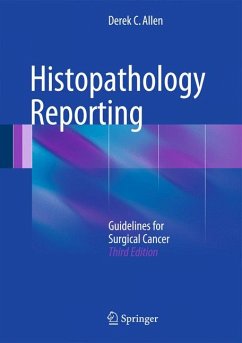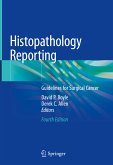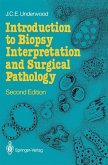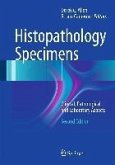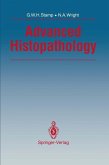Each chapter has a more formal introductory paragraph than in the previous edition, giving epidemiological, clinical, investigative and treatment summary details, and chapter references are updated; specimen type notes new clinical procedures. Other pathology includes updated immunophenotypic expression with use of new antibodies and molecular techniques. The impact of these ancillary investigations on diagnosis, and as biomarkers of prognosis and prediction of response to treatment is summarised. The effect of adjuvant treatments on cancers is also noted. Experience based clues are given throughout as aids to tumor typing, grading, staging and gauging prognosis and response to treatment. The key information in this book equips the pathologist to produce high quality, clinically appropriate histopathology reports, and to participate in contemporary multidisciplinary team management of patients with surgical cancer.
Histopathology Reporting: Guidelines for Surgical Cancer, Third Edition is invaluable for trainee and consultant diagnostic histopathologists all over the world.
Dieser Download kann aus rechtlichen Gründen nur mit Rechnungsadresse in A, B, BG, CY, CZ, D, DK, EW, E, FIN, F, GR, HR, H, IRL, I, LT, L, LR, M, NL, PL, P, R, S, SLO, SK ausgeliefert werden.

